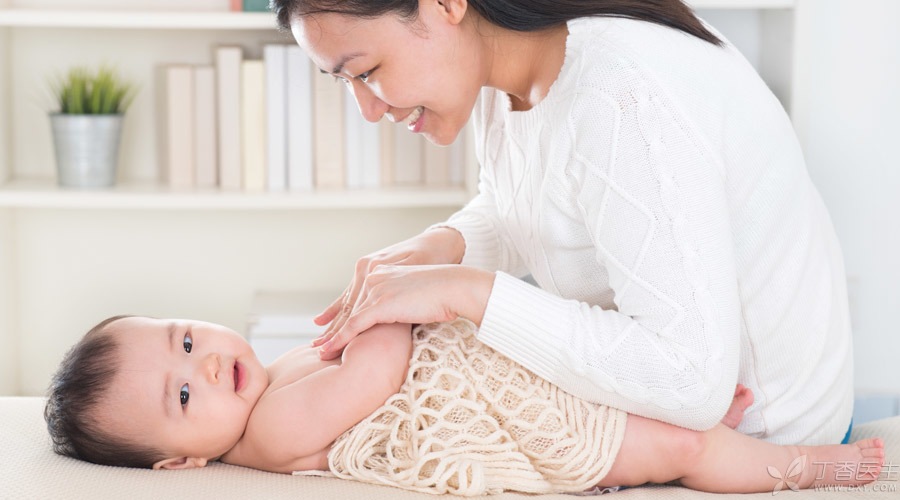
[Passive Exercise] There is also a name called [Baby Exercise], which is suitable for every baby one month after birth.
The purpose of doing baby exercises is not to make the baby smarter in the future-I can’t help but spit out a groove: any parenting promoted by [smart] is a poison. Because this statement takes advantage of most parents who are eager for quick success and instant benefits, it will only make the truth look like flowers in a fog.
Why do you need to do exercises for full-term babies?
Baby exercises are suitable for every baby. Yes, every baby.
The reason is to help parents find out whether the baby has muscular tension abnormalities in the process of doing exercises for the baby.
For example, some parents may feel that the baby’s arms are difficult to lift when doing upper limb exercises or wearing clothes at ordinary times one month after the baby is born, and when opening the shoulder and elbow joints, they may feel that the baby has resistance. When some parents change diapers and do lower limb exercises, the baby’s hip and knee joints give people the feeling of clamping and resistance.
At this time, parents should be alert: if the baby has the above reactions every time he does exercises at cheerful and awake moments, he should pay attention to whether the baby has muscular tension abnormalities.
Muscle tension is the basis for maintaining the normal movement of the baby’s body postures and joints. The correct purpose of doing [baby exercises] for the baby is to help you find out whether the baby’s development is abnormal or not at an early stage.
Of course, doing passive exercises is also the beginning of establishing parent-child relationship.
You need to know this before you do exercises.
1. Baby exercises can be done one month after the baby is born, one hour after or one hour before the baby is fed, once a day.
2. The baby is happy and cooperative when doing exercises, and the room temperature is not lower than 18 degrees.
3. If the baby is nervous and agitated when doing exercises, he can do it temporarily and do it after the baby is quiet.
4. When doing exercises, each movement should be in place. When the baby’s joints stretch or bend with obvious resistance, don’t pull hard, and the movements should be gentle. If resistance is found every time you do exercises, the baby is very resistant, and you can take the baby to the hospital to check whether there is any abnormality in muscle tension.
5. The baby can stop doing exercises when he is ill, and can resume doing exercises when he recovers from illness. After each finish, you can hug and kiss the baby to give the baby encouragement of love.
Next, let’s teach everyone to do exercises for the baby!
Section 0: Preparatory activities
Prepare posture: Let the baby lie on his back in a natural relaxation posture.
Help the baby warm up before doing it. Adults massage the baby’s limbs, chest and abdomen first and get the baby’s permission.
Then, you can start doing upper limb exercises for your baby.
Section 1: Two Chest Crosses
Preparation posture: The baby lies on his back, the mother holds the baby’s hands with both hands, puts the thumb in the baby’s palm, and lets the baby clench his fist.
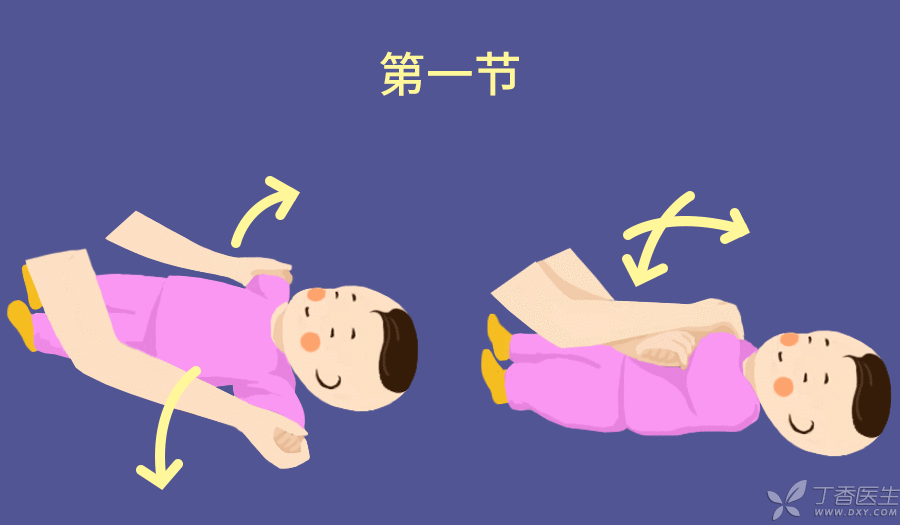
Step 1 Open your arms left and right
Step 2 Cross your arms in front of your chest
Upper limb movements, 1 and 2 movements alternate, totaling two eight beats.
Section 2: Extension and flexion of elbow joint
Preparation posture: The baby lies on his back, the mother holds the baby’s hands with both hands, puts the thumb in the baby’s palm, and lets the baby clench his fist.
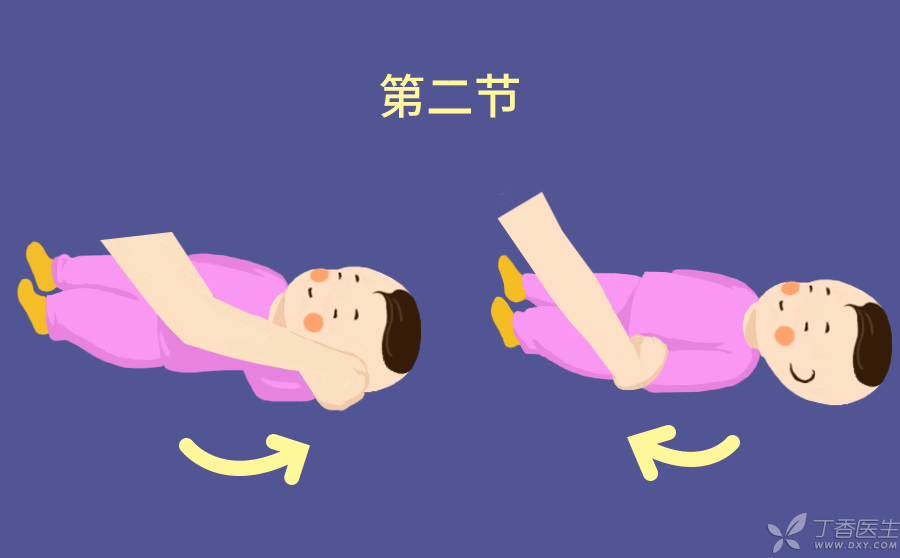
1. Bend the elbow joint of the left arm upward
Step 2: Reduce
3. Bend the elbow joint of the right arm upward
Step 4: Restore
Upper limb movements, each movement has one beat, 1, 2, 3 and 4 movements alternate, totaling two eight beats.
Section 3: Shoulder joint movement
Preparation posture: The baby lies on his back, the mother holds the baby’s hands with both hands, puts the thumb in the baby’s palm, and lets the baby clench his fist.
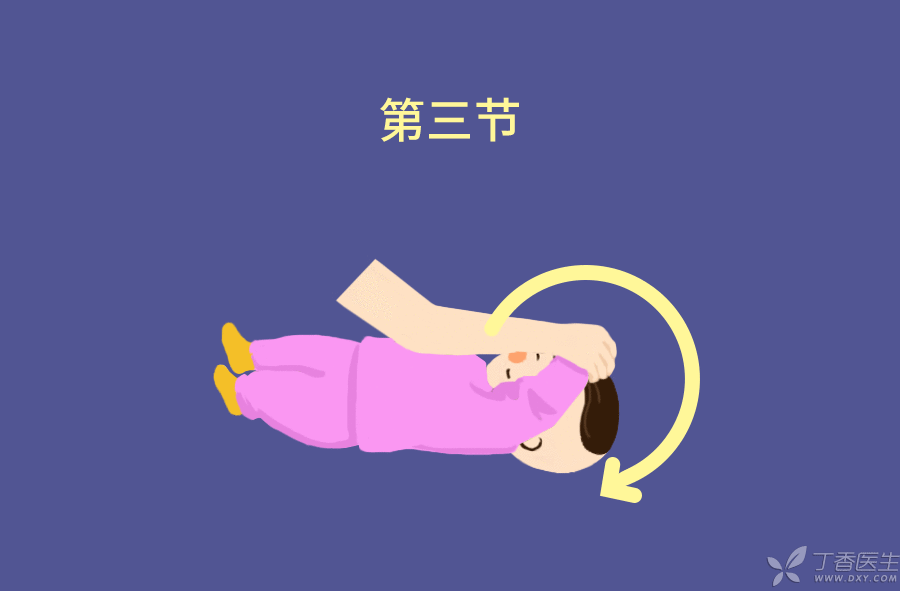
1. Hold the baby’s left hand and do round shoulder joint rotation from inside to outside.
2. Hold the baby’s right hand and do the same movements as his left hand.
Upper limb movements, each circle is four beats, 1 and 2 movements alternate, a total of two eight beats.
The fourth section stretches the upper limb movement
Preparation posture: The baby lies on his back, the mother holds the baby’s hands with both hands, puts the thumb in the baby’s palm, and lets the baby clench his fist.
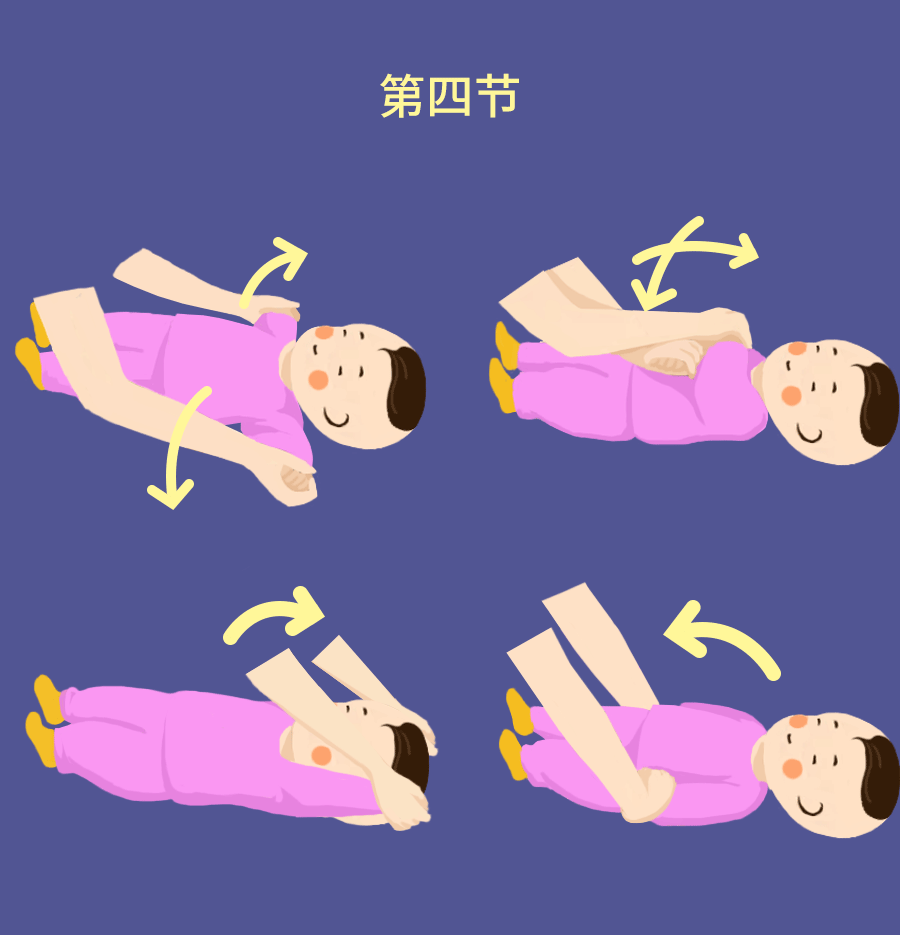
Step 1 Flatten your hands outward
2. Raise your hands horizontally in front, palms facing each other, with the distance as wide as your shoulders, and then cross your hands in front of your chest.
3. Raise your hands over your head with your palms up and move gently.
4. Hands down, arms back to both sides of the body, palms down, gentle movements
Upper limb movement, each movement is one beat, 1, 2, 3, 4 movements alternate, a total of two eight beats.
Section 5 Extension and flexion of ankle joint
Preparation posture: The baby lies on its back, the mother holds the ankle with her left hand, the sole with her right hand, the palm on the baby’s instep and toes, and the thumb holds the toes.
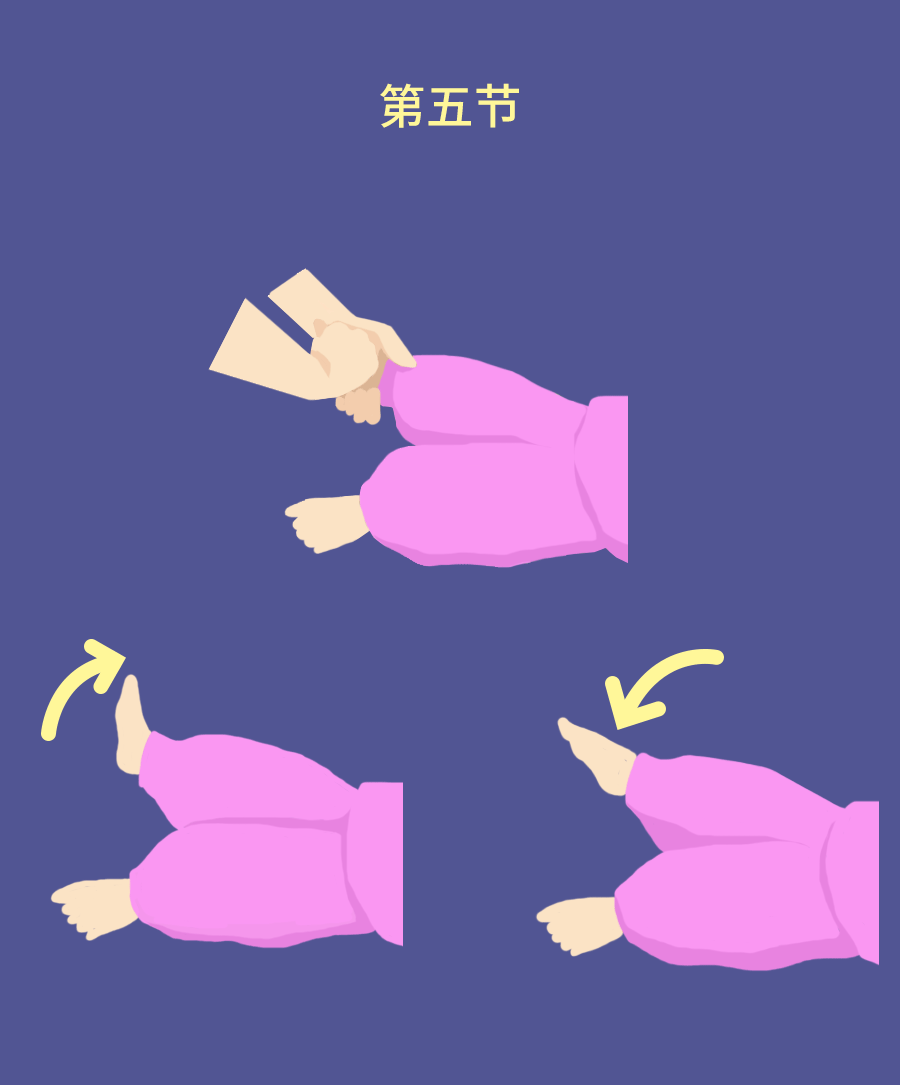
1. Flexion and extension of left ankle joint upward
2. Restore Down
Lower limb movement, each movement is one beat, 1, 2 movements alternate, left and right feet each one eight beats.
In the sixth section, the legs take turns to stretch and bend.
Preparation posture: The baby lies on its back, the mother holds the baby’s legs with both hands, stretches the knee joint alternately, and does treadmill-like movements.
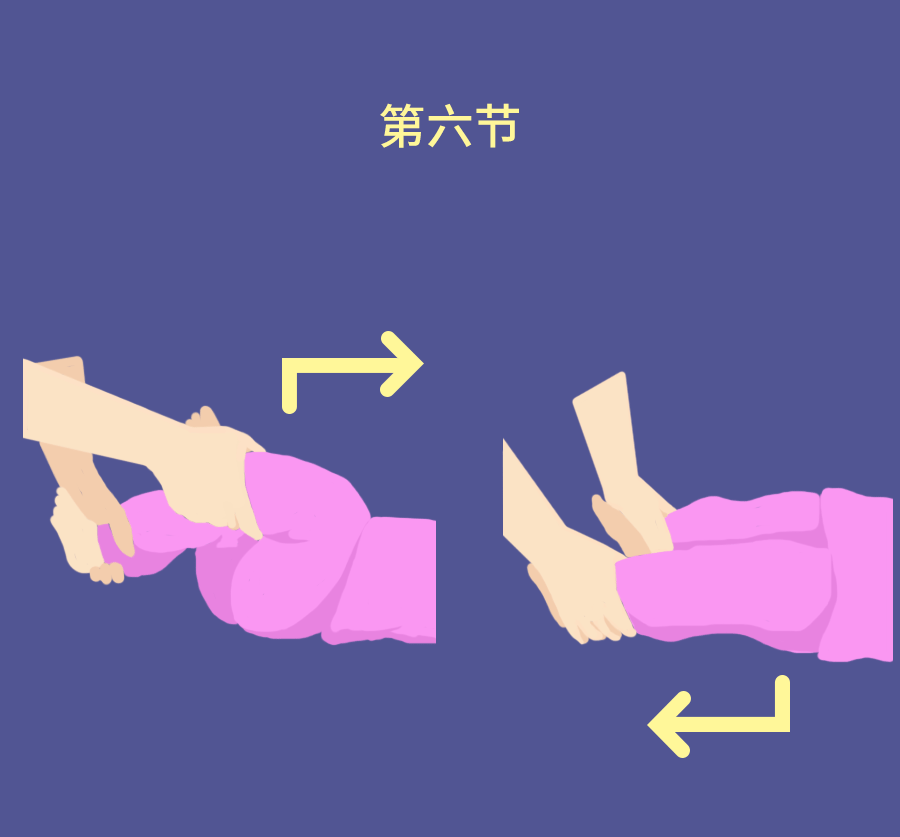
1. Bend your left leg to your abdomen
Step 2: Straighten
3. Bend your right leg to your abdomen
Step 4: Straighten
Lower limb movements, each movement is one beat, 1, 2, 3, 4 alternating, a total of two eight beats.
Section 7 Lower Limbs Straighten Up
Preparation posture: The baby lies on his back with his legs straight and flat, with the mother’s palms down and holding the baby’s knee joints.
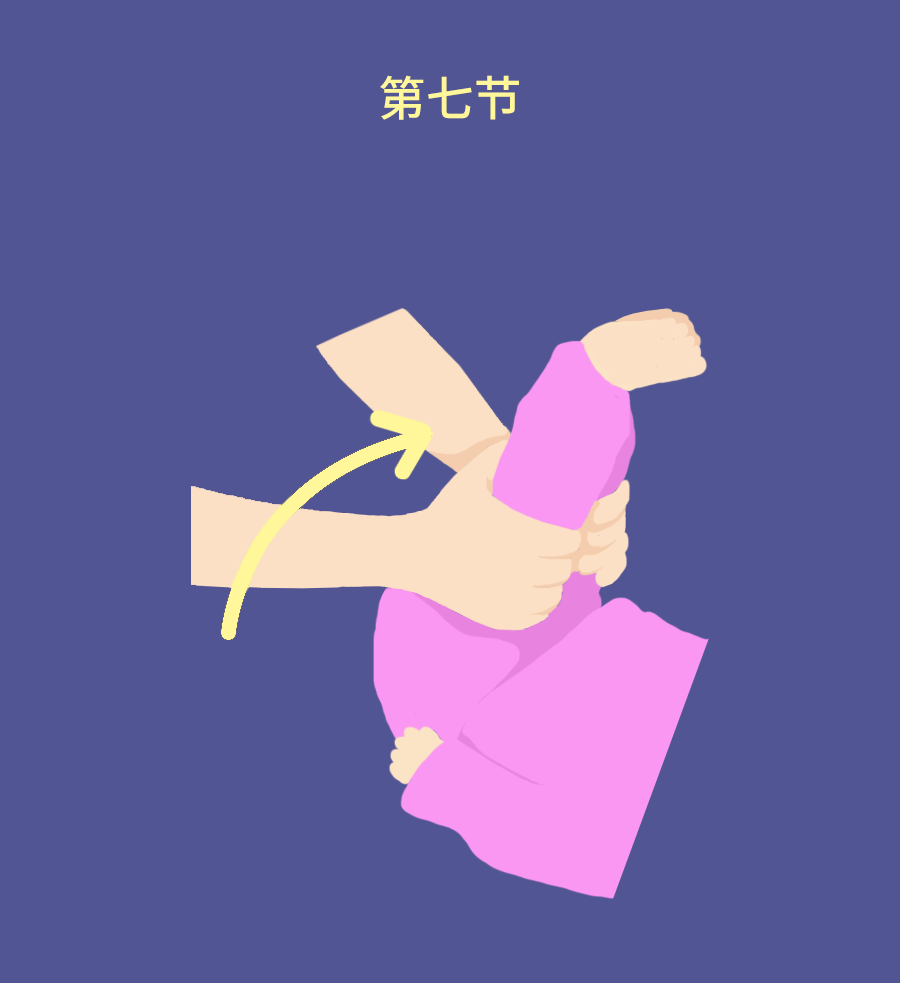
Step 1 Straighten your limbs up 90 degrees
Step 2 Restore slowly
Lower limb movements, from 1 to 2, from 2 to 1, have a continuous movement of four beats, a total of two eight beats.
Do you understand? A total of 14 eight beats, plus the warm-up without counting the beats at the beginning, make a total of 8 rhythms.
If there is a baby over one month old in the family, when the baby wakes up and is happy, let’s do it!
